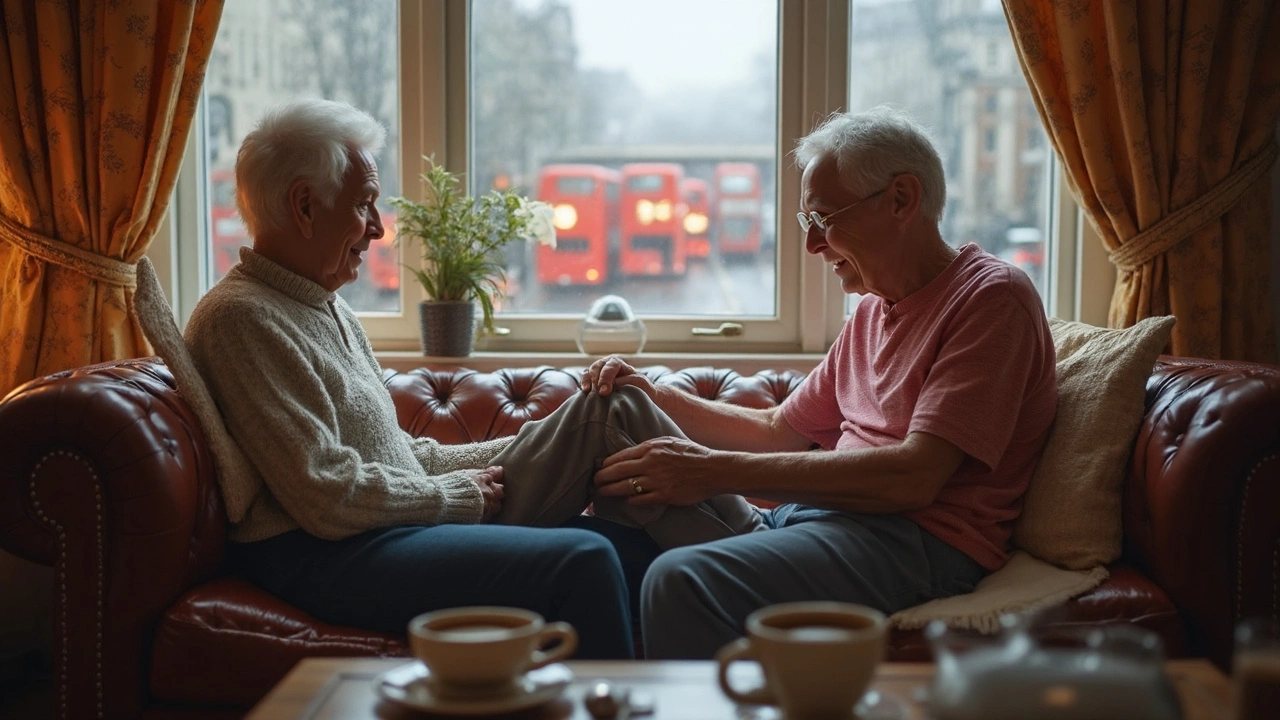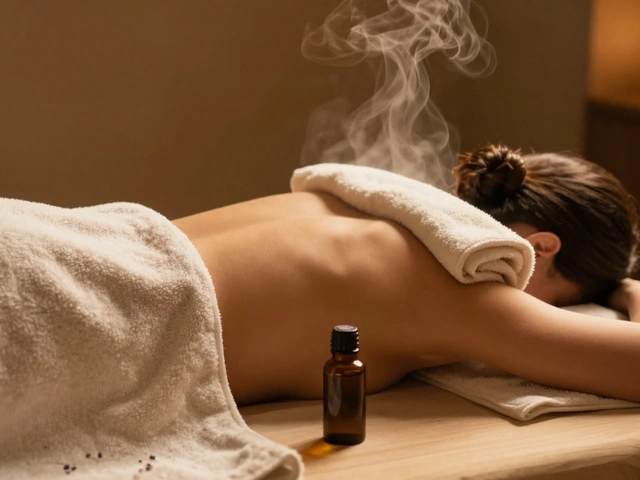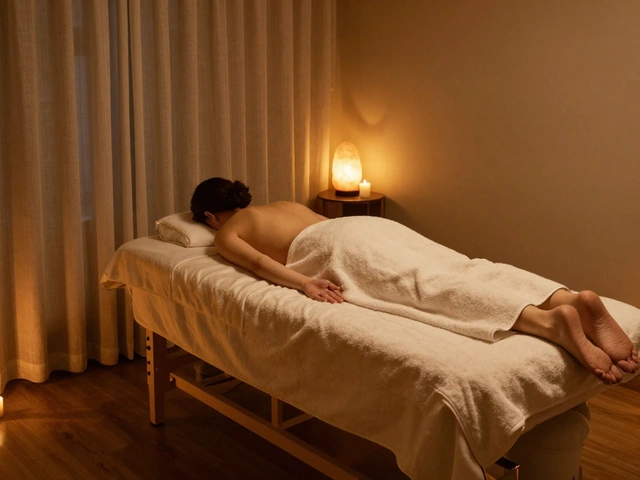Blood Circulation: Why It Matters and How to Improve It
Ever wonder why your feet feel cold or why you get sore muscles after a short walk? It’s often a sign that blood isn’t flowing as well as it should. Good circulation carries oxygen, nutrients, and waste away from every cell, keeping you energized and pain‑free. The good news? Small daily changes can boost flow without expensive gadgets.
Simple Lifestyle Hacks for Better Flow
First up, move more. Even a five‑minute walk, a quick set of stairs, or a few stretches can fire up the pump. Aim for at least 30 minutes of light activity most days – think brisk walking, cycling, or dancing. Staying hydrated is another free trick; water thins the blood, making it easier for the heart to push it around. Swap sugary drinks for plain water or herbal tea, and you’ll notice a difference.
Eating right helps too. Foods rich in omega‑3s, like salmon, walnuts, and flaxseeds, keep blood vessels flexible. Add colorful veggies and fruits for antioxidants that protect the lining of your arteries. Limit salty snacks and processed foods – excess sodium makes vessels tighten, slowing flow.
Posture matters as well. Slouching or crossing your legs for hours can compress veins and limit return flow to the heart. When you sit, keep feet flat on the floor and take short breaks to stand or stretch. If you work at a desk, set a timer to move every hour; a quick leg swing or calf raise does the trick.
Massage Techniques That Jump‑Start Circulation
Massage isn’t just a luxury; it’s a practical way to rev up blood flow. A simple self‑massage can be done in five minutes. Start at the feet, use firm pressure with your thumbs, and work upward toward the calves, thighs, and abdomen. This mimics a lymphatic drainage massage, encouraging fluid movement and reducing swelling.
For deeper benefits, try dry brushing before a shower. Use a natural bristle brush, stroke the skin toward the heart in long, smooth motions. It stimulates the surface vessels, wakes up the nervous system, and leaves the skin feeling refreshed.
If you’re looking for professional help, book a session that focuses on circulation – many spas list “lymphatic massage” or “deep tissue” as options. A trained therapist will use rhythmic strokes that target the larger muscle groups, helping the heart move blood more efficiently.
Combine these massage moves with the lifestyle habits above, and you’ll notice fewer cold hands, less leg fatigue, and quicker recovery after workouts. Your body will thank you with more energy and fewer aches.
Bottom line: blood circulation is the highway for health. Keep the road clear with regular movement, proper hydration, balanced meals, good posture, and occasional massage. You don’t need fancy equipment – just a bit of daily effort and a few simple techniques to keep the blood flowing smoothly.
Foot Massage Benefits for Heart Health: What Science Reveals
Discover how foot massages do more than relax your body—they can actually impact heart health. Find out what the science says and simple massage tips anyone can use.
Read More





